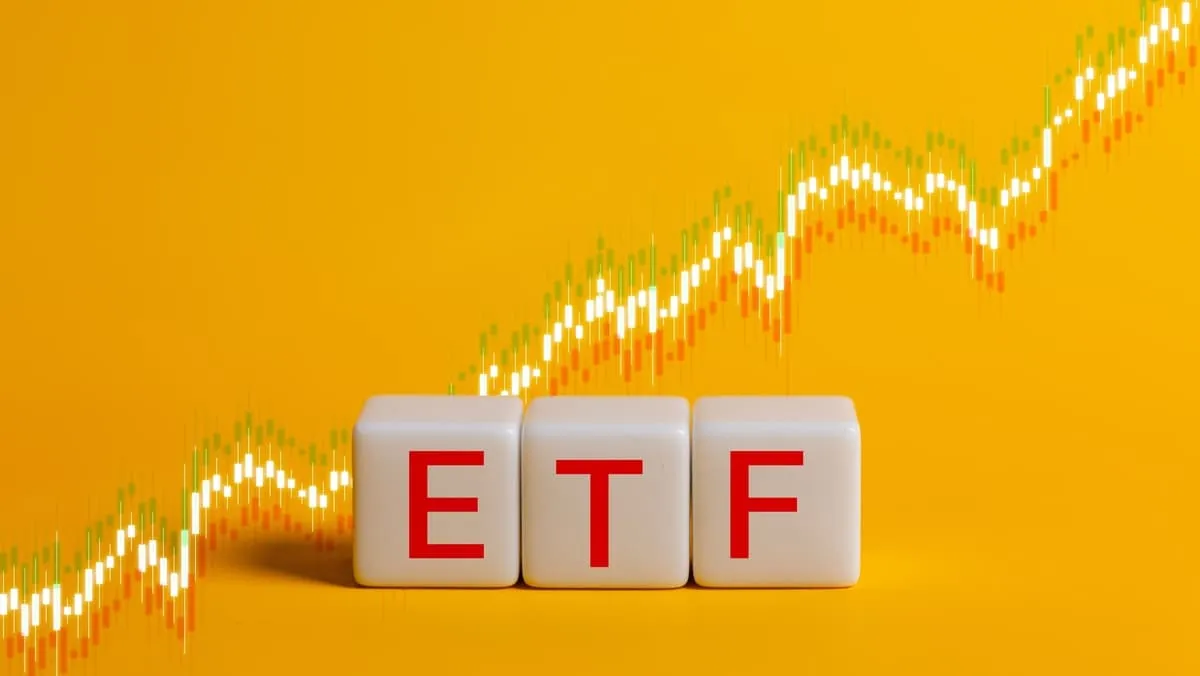Tuesday Oct 15 2024 08:59

4 min

When considering exchange-traded funds (ETFs) for investment, investors are often faced with the decision between growth ETFs and value ETFs. To better understand these popular investment approaches, let’s explore the characteristics and determine which option best aligns with your investment goals.
Before comparing the two, let’s define Growth and Value ETFs:
Growth ETFs: These ETFs focus on companies expected to achieve above-average growth rates. They target businesses with strong potential for sales and earnings expansion, often featuring innovative tech firms or emerging market leaders.
Value ETFs: On the other hand, Value ETFs invest in stocks that appear undervalued based on fundamental metrics. These ETFs typically seek companies that may be overlooked by the market but have strong underlying assets or growth potential.
Growth ETFs are designed to invest in companies with strong potential for above-average growth compared to their industry or the broader market. These ETFs target young or smaller companies with high growth prospects, which can lead to significant returns and possibly outperform the indexes they track.
However, investing in growth ETFs carries a level of risk, as these companies often trade at high price-to-earnings (P/E) ratios. Additionally, growth companies tend to reinvest earnings back into their business rather than paying dividends to shareholders.
Notable growth stocks commonly found in growth ETFs include Alphabet (Google), Amazon, Tesla, and NVIDIA. Some popular U.S. growth ETFs are the Vanguard Growth ETF (VUG) and the iShares Russell 1000 Growth ETF (IWF).
Value ETFs invest in stocks that appear to be undervalued relative to their intrinsic worth. These stocks are usually from well-established companies with strong fundamentals, making value ETFs a more conservative investment option, often favored by passive investors. While they may offer less growth potential, value ETFs tend to perform better in volatile markets.
An added benefit of value ETFs is their tendency to pay dividends, as the underlying companies generally have stable cash flows. Well-known value stocks include AT&T, Procter & Gamble, General Electric, and Coca-Cola. Popular U.S. value ETFs include the Vanguard Value ETF (VTV) and the iShares Russell 1000 Value ETF (IWD).
Value stocks have outperformed growth stocks over the long term. However, in recent years, growth stocks have taken the lead, especially during bull markets and periods of declining interest rates. Growth ETFs tend to be more volatile than value ETFs, offering higher risk but also the potential for higher returns. It’s important to note that past performance is not a guarantee of future results.
Both growth and value ETFs have a place in a diversified investment strategy. Understanding the unique characteristics of each can help you make informed choices that align with your financial goals. For example, if you’re a younger investor with a higher risk tolerance and a long-term investment horizon, you might favor growth ETFs. In contrast, if you’re nearing retirement and seeking stability and income, value ETFs could play a more prominent role in your portfolio.
When considering shares, indices, forex (foreign exchange) and commodities for trading and price predictions, remember that trading CFDs involves a significant degree of risk and could result in capital loss.
Past performance is not indicative of any future results. This information is provided for informative purposes only and should not be construed to be investment advice.